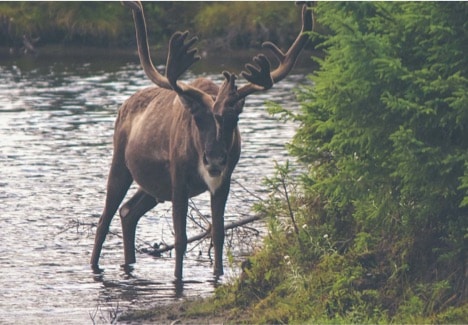The Biodiversity Crisis has put into jeopardy the future of many of Alberta’s most beloved species. Rapid declines in species populations, with some being pushed to extinction, tell us loud and clear that the ecosystems that these species call home need protection. The lush Boreal Forest, being rich in natural resources, has come at a cost for many species in Alberta, as this region has been heavily impacted by the cumulative effects of industrial development. The protection of this currently threatened region is a focus of the CPAWS Northern Alberta chapter as surrounding communities and residing wildlife depend on a healthy, protected Boreal Forest for their survival.
Species of particular concern in Alberta include caribou, bison, and Alberta native trout. Find out more about the threats to these species below.
What is biodiversity and the biodiversity loss crisis?
Biodiversity refers to the variability among all living things on earth. This variability includes diversity among ecosystems, diversity among different species of organisms, and genetic diversity among those of the same species.
The biodiversity crisis refers to the incredibly rapid loss of biodiversity across the globe. This crisis has resulted in mass extinction levels across all taxa of wildlife. This mass extinction has the unfortunate distinction of being the only mass extinction to have been caused by a species (us). Species across the planet are facing the impacts of cumulative effects that threaten their landscapes and survival. Declines across taxa are due to various impacts such as habitat loss, climate change, overexploitation as well as drastic changes in the way the land is being used. In Canada, the largest threat to wildlife is habitat loss, land fragmentations, and range interruption- with more severe disturbances occurring in the north. The disappearance of many of our most treasured species tells us that there is something awry in their habitats. The consequences are not only seen as biodiversity loss but as a weakened landscape, unable to recover from intense human pressures.
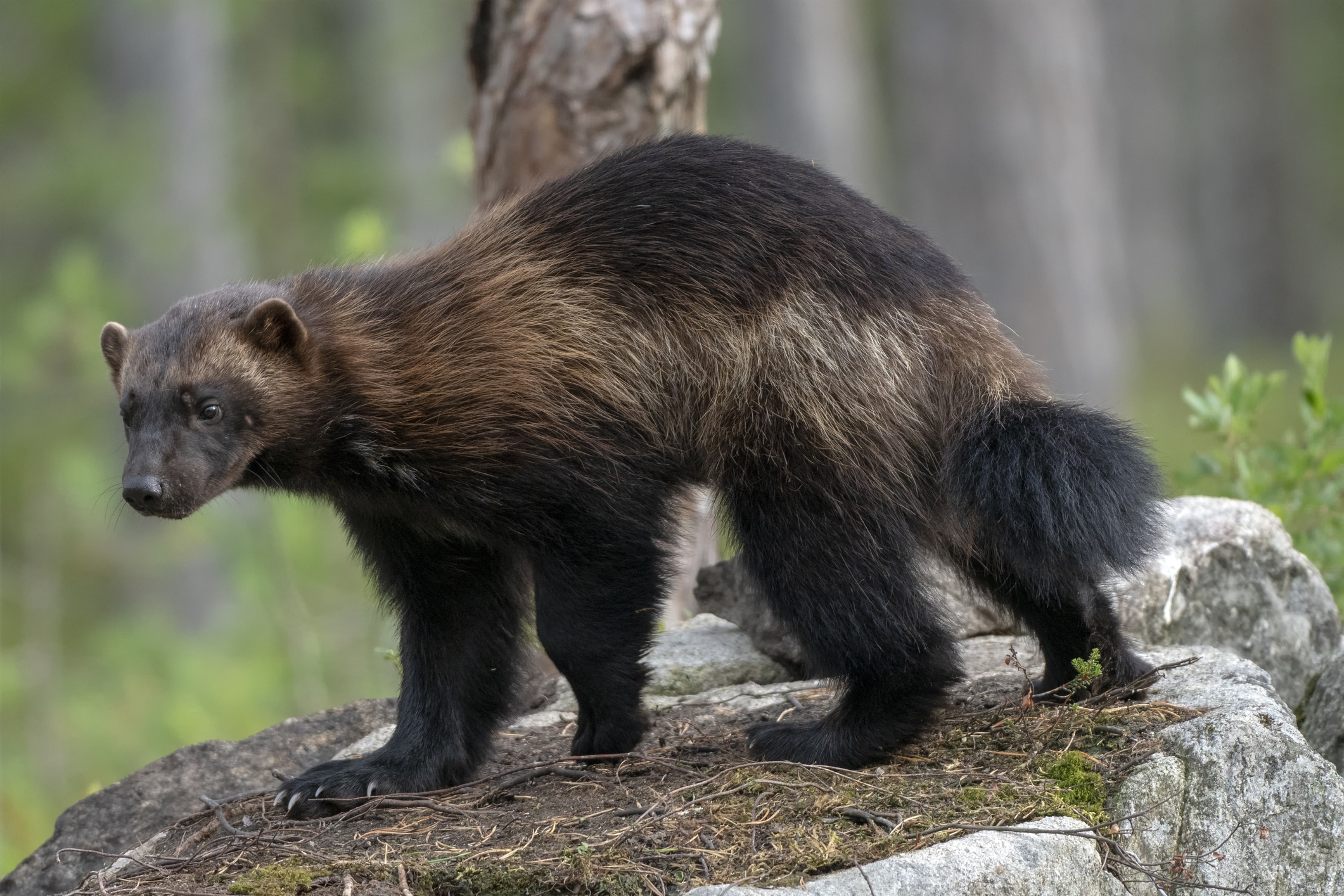
The current state of the crisis
In 2020, the World Wildlife Fund (WWF) released their Living Planet report highlighting Canada and its wildlife at risk. This report showed that populations of Canadian vertebrae species considered at-risk by COSEWIC have declined by approximately 60% between 1970-2016. Species considered of global concern, have seen their Canadian populations decrease by nearly 40%. In this same report, it was found that current Canadian species assessed as at-risk were facing on average five cumulative threats at once.
Human induced pressures have pushed many species in Canada towards an endangered or threatened status, which we have seen contributes largely to global biodiversity loss.
Cumulative impacts of industrial development and climate change have hit wildlife and the landscape hard. Industrial development and resource extraction have been rampant for decades across Alberta, bringing prosperity to many Albertan communities, but this has come at a cost to nature as land use and weak regulations have led to some of the greatest declines in ecological health. Habitat loss to these cumulative impacts has made it increasingly difficult for species to find suitable habitat to feed and breed.
The Twin Crises
Climate Change
Causes of Biodiversity Loss
Cumulative impacts refer to the detrimental effects that multiple human-induced activities can have on the landscape and the species that depend on it. The Biodiversity Crisis is complex and there are many factors to consider when designing conservation and mitigation strategies. There is not one sole culprit to biodiversity loss. There are several factors that threaten the survival of species across the globe and their effects often compound with each other.
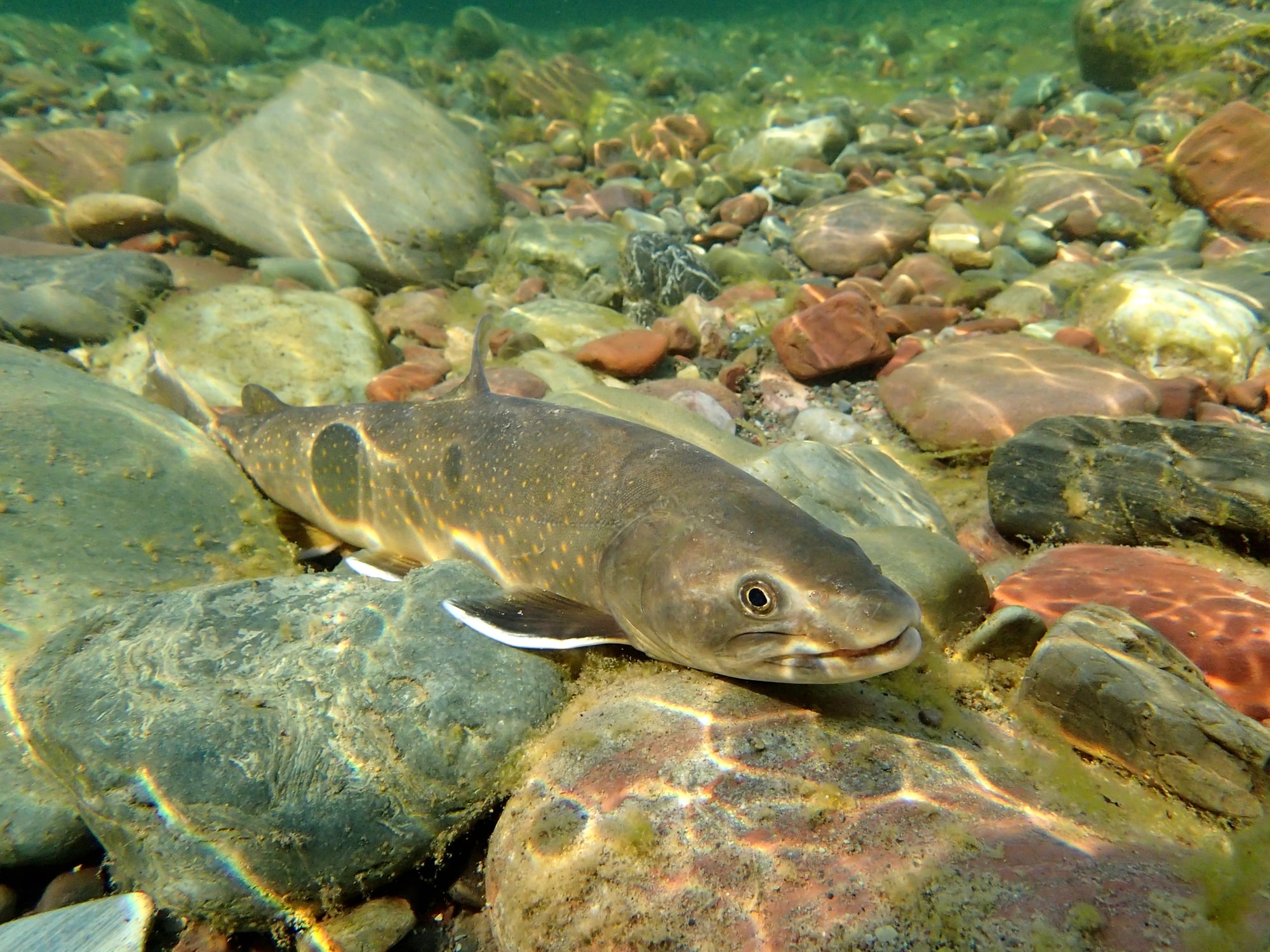
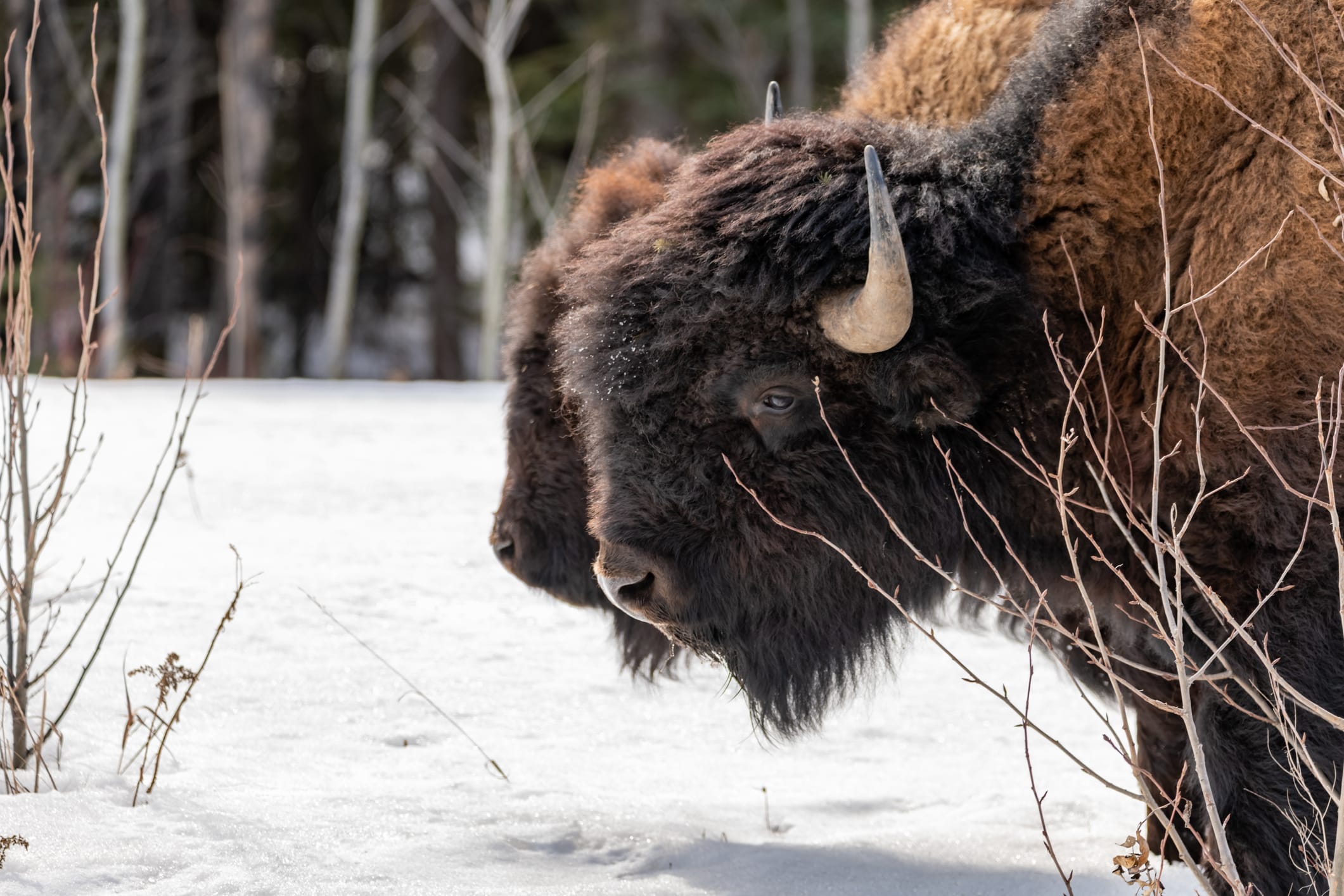
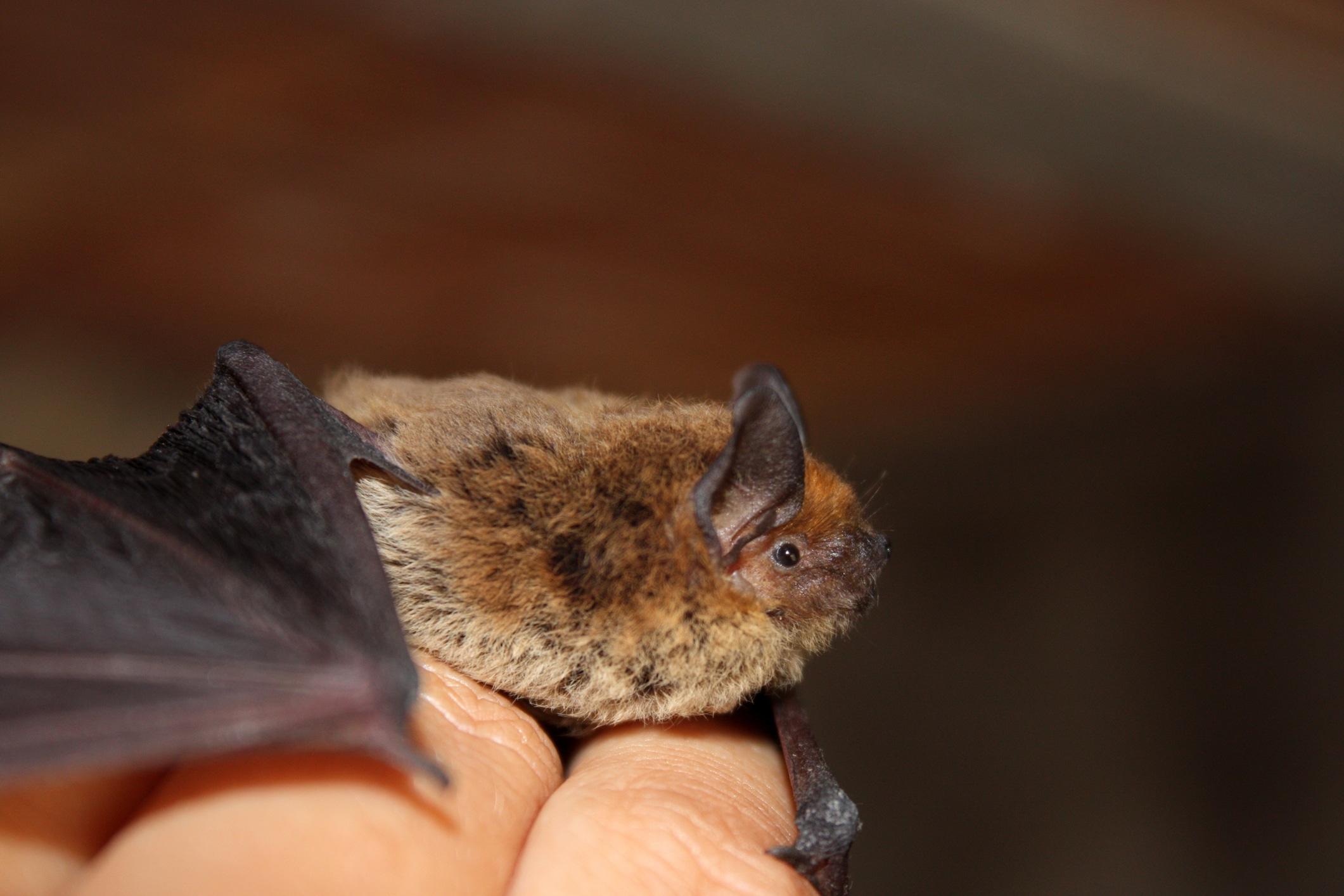
Why does biodiversity matter?
Biodiversity is what sustains our most valuable ecosystems, and in turn, provides us with irreplaceable benefits, known as ecosystem service. Ecosystem services are essential to human well-being and include natural services such as clean water and air, air purification and carbon sequestration. These services are derived from ecosystems that are healthy and they hold great economic value. Without ecosystem services, that cost would be for communities to bear. Our very own boreal forest is filled with ancient peatlands and rich forests that act as large carbon sinks. When these are destroyed or harvested, they release carbon that has been stored for centuries into the atmosphere. We must realize the irreplaceability of these natural ecosystems, and their role in combating the twin crises.
Halting and Reversing Biodiversity Loss: Solutions
Nature-based climate solutions are incredible tools that we can use in response to the impacts of climate change. Nature-based climate solutions are crucial to the broader strategy of fighting against climate change as they already exist at no additional cost. For example, forests, wetlands and soils are natural systems that can slow down the effects of climate change through their sequestrating and storage of harmful greenhouse gases. The protection of our diverse ecosystems is two-fold: we are protecting biodiversity, and we are preserving a critical tool in mitigating harmful climate change impacts.
The province of Alberta is a mosaic of different ecosystems and landscapes in which various different species can thrive. Increased protection and improved land management of these natural systems could protect communities from increasingly common and extreme weather events: floods, wildfires, and drought. Protection of nature-based climate solutions is essential for increased ecological resiliency to climate change.
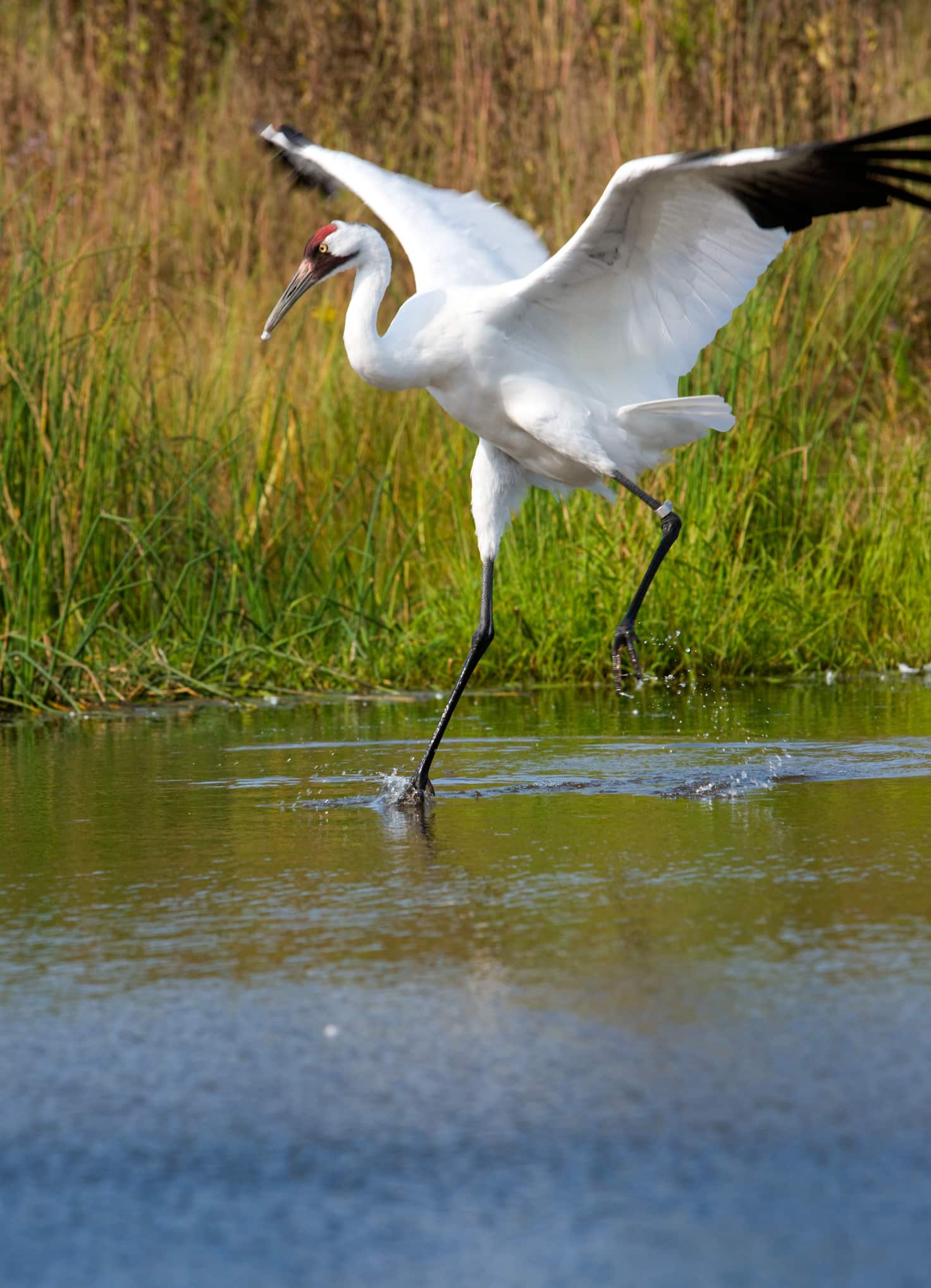
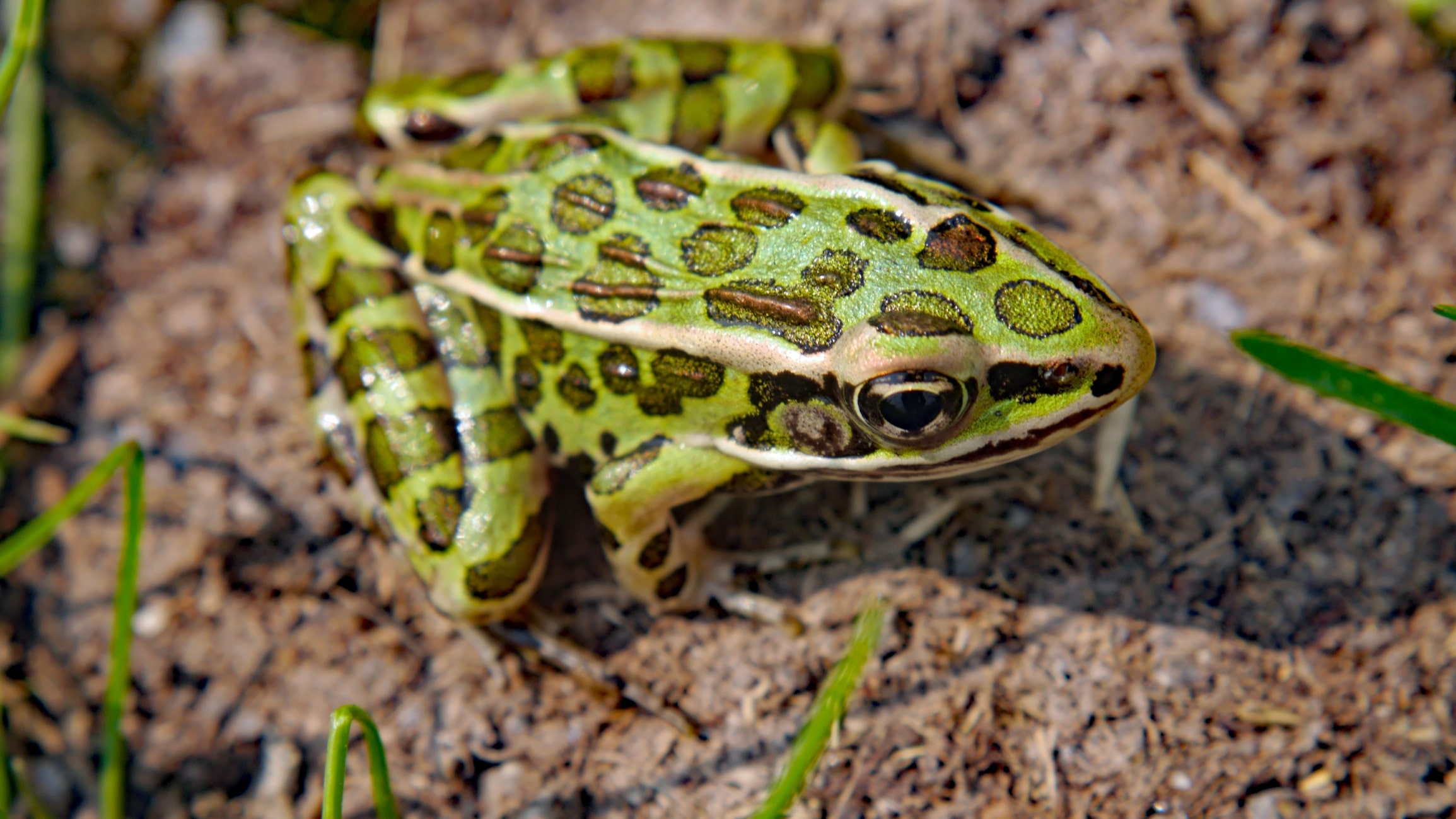
The National Biodiversity Strategy
In 2022, COP15 (Conference of the Parties) took place in Montreal, and the Kunming-Montreal Agreement was adopted to reflect a commitment from 196 countries to halt and reverse biodiversity loss by 2030. All participating countries would need to update their own strategies to implement the global framework outlined in the agreement and meet its targets.
In response to the Kunming-Montreal Global Biodiversity Framework, the federal government has started to shape its own National Biodiversity Strategy and Action Plan (NBSAP). For this plan to meet international targets, all territories and provinces will need to commit to the National Biodiversity Strategy. The province of Alberta has not yet committed to meeting targets outlined in the National Biodiversity Strategy, but progress can still be made. Actions that protect wildlife and species at risk are in alignment with the agreement’s goals.
There are key conservation issues in Alberta that could be addressed through the lens of the National Biodiversity Strategy which aims to halt and reverse biodiversity loss. We have outlined existing opportunities by targets listed in the Global Biodiversity Framework here.
We Can't Wait
Reaching 30% of Land and Waters Protected by 2030
“We Can’t Wait” is a nationwide CPAWS campaign dedicated to advancing area- based conservation and to support Canada in achieving 30 % protected land and waters by 2030. Supported by the scientific community, this is the amount of protected land and water needed to halt and reverse the biodiversity loss. Through large-scale conservation and looking to Indigenous-led initiatives, we hope to ensure a future for some of our most treasured species and protect the places where we work, play and live within. By working together, we hope to bolster public support for nature protection and urge provincial governments to take action against biodiversity loss.
STAY INFORMED
Protect the Wilderness
To receive news and updates from CPAWS Northern Alberta, including opportunities to get involved, join our mailing list below.

